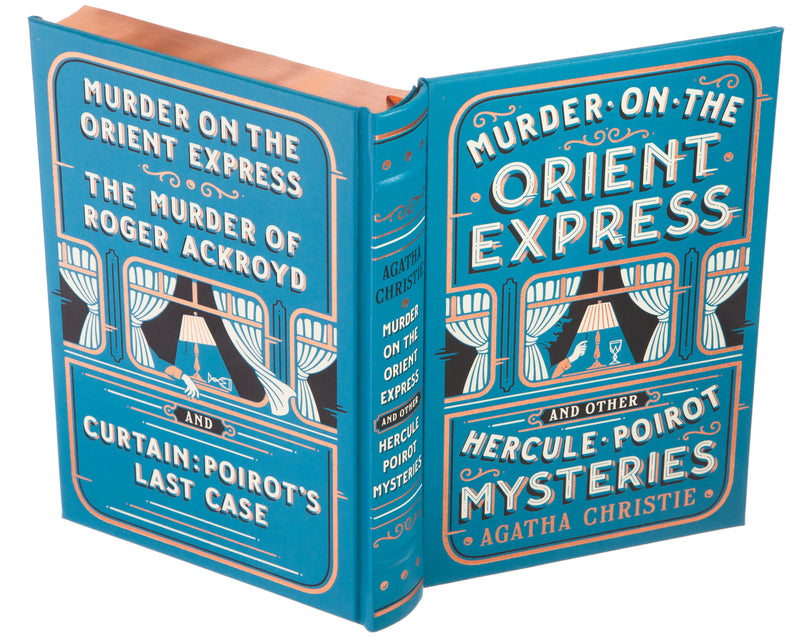

"All around us are people, of all classes, of all nationalities, of all ages. Still, he's often unsure whether a given clue is real, planted, or-as they are in some cases-planted with the intention of being discovered as plants. Of course, Poirot himself doesn't fall for it, since he's suspicious of the clues precisely because they're so dramatic and fit so neatly into an intriguing narrative. This is because his crime-savvy suspects decide to actually shape a narrative of their own, dropping hints that they believe-based on their knowledge of book and movie detectives-will be irresistible to Poirot. Starting here, and throughout the book, it's unclear whether the clues Poirot finds are reliable. Here, Poirot starts to suspect that his criminals are actually familiar with the conventions of the very crime genre to which Murder on the Orient Express belongs.

“And most conveniently she leaves her handkerchief behind! Exactly as it happens in the books and on the films-and to make things even easier for us it is marked with an initial.” Hercule Poirot As a result, readers are consciously or unconsciously led astray from the even-more-outlandish but true scenario. By framing a two-murderer scenario as weird but possible or even probable, Christie indicates, without saying it explicitly, that a scenario involving twelve murderers is impossibly intricate and unlikely. With this implication, Christie sets her readers' expectations regarding which theories of the case are sensible, which are crazy-sounding but possible, and which are unacceptably ridiculous. In this line, Poirot implies that the two-murderers hypothesis is theatrical and unlikely-sounding, despite the fact that it may be the only explanation available. This moment in the text is a masterful instance of writerly manipulation. Constantine, Poirot draws what seems like an outlandish, larger-than-life conclusion: that Ratchett was attacked by not one but two people independently of one another. Immediately after examining Ratchett's body with Dr.

The Second Murderer came in in the dark, did not see that his or her work had been done and stabbed at least twice a dead body." Hercule Poirot The First Murderer stabbed his victim and left the compartment, turning off the light. "We have here a hypothesis of the First and Second Murderer, as the great Shakespeare would put it.


 0 kommentar(er)
0 kommentar(er)
